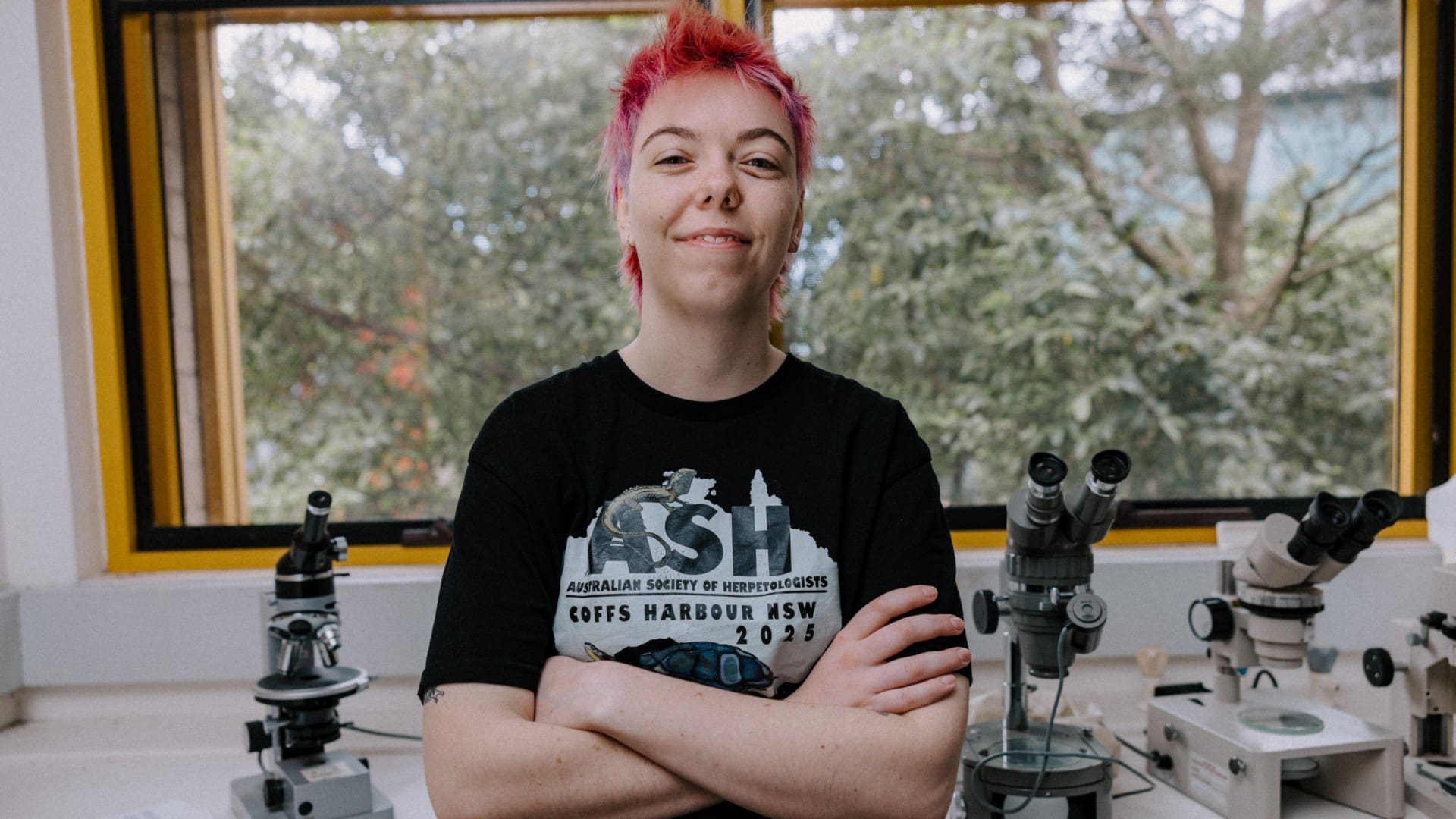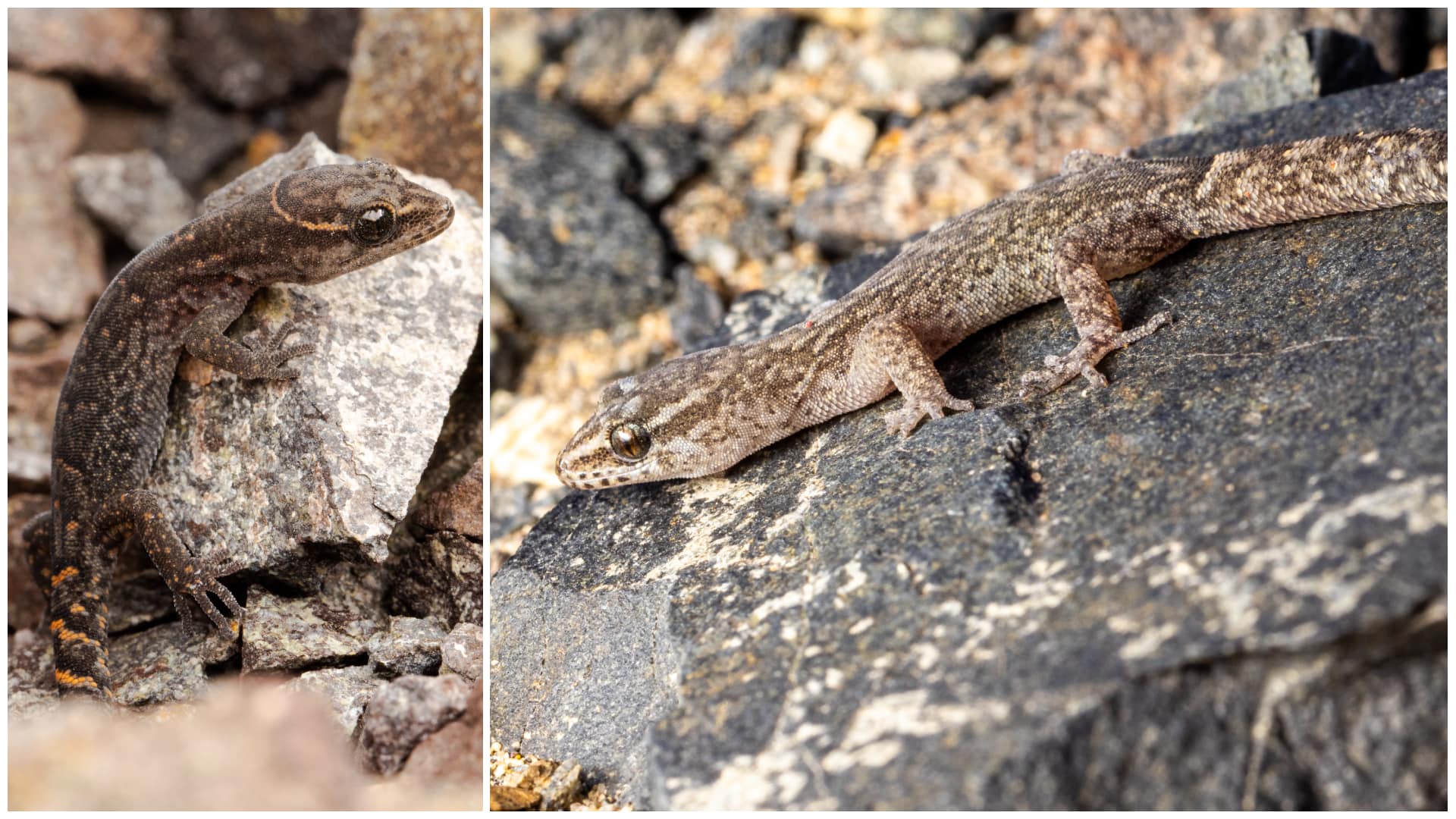Cutting-edge genomic tools reveal the diversity and evolution of a tiny Chilean gecko in the driest place on earth
Beneath the relentless sun of Chile's Atacama Desert, tiny geckos hide a remarkable secret. New genomic research, led by the University of Wollongong's (UOW) Kamryn Carter, has uncovered that these resilient reptiles, known as Garthia geckos or Chilean marked geckos, comprise up to 11 distinct species, not the single species scientists previously thought.
Using the latest genomic tools, the team has rewritten the story of adaptation and biodiversity in one of the planet's harshest environments. The researchers discovered that there are, at the very least, two species – Garthia gaudiachaudii and Garthia penai – that look almost identical, but in fact genetically diverged 20 million years ago. The Atacama is the driest place on Earth, with life forms that have adapted to its extreme aridity and temperature fluctuations. The finding underscores how cutting-edge scientific methods can help conserve biodiversity hotspots threatened by climate change and habitat loss.

"Historically, Garthia geckos were considered two species based on morphology, but a recent study looking at their colouration patterns suggested there was only one species, which means they appeared identical to the naked eye," said Ms Carter, a PhD candidate in UOW's Environmental Futures Research Group. "Using modern genomic methods we uncovered hidden diversity. We found large genetic differences between geographically distinct populations, suggesting cryptic species."
Surface similarities in fauna can be deceiving. Cryptic species look the same but are genetically distinct. By analysing mitochondrial and nuclear DNA, Ms Carter and fellow UOW biologist Dr Damien Esquerré, alongside collaborators in Chile and the United States, assessed genetic differences and reconstructed evolutionary history across the geckos' entire range.

Their analysis revealed at least two and possibly as many as 11 different species. This hidden diversity means the Atacama's gecko fauna is far richer than previously thought.
"Traditional approaches often overlook cryptic species, underestimating biodiversity and limiting our ability to conserve these unique lifeforms. South America is home to a wealth of threatened species, yet many regions, including the Atacama, remain underexplored at the genomic level," Dr Esquerré said.
"Our research brings modern genomic tools to one of the Earth's least hospitable yet most fascinating places, opening a window into the evolutionary dynamics that give these geckos their resilience."

The discovery shows that even species that appear identical can harbour extensive genetic diversity, unravelling nature's best-kept secrets. Understanding species diversity and their response to past environmental shifts is central to their survival in a world undergoing rapid climate change and biodiversity loss.
About the research
'Hidden diversity in the driest desert on Earth: genomics unveils cryptic diversity in an ancient South American gecko lineage (Phyllodactylidae, Garthia)', by Kamryn Carter, Claudio Reyes-Olivares, Jonathan Eubanks, Hayden Hanna, Stuart Nielsen and Damien Esquerré , was published in Molecular Phylogenetics and Evolution.






